The art of blurring distances
In mid-March, visiting Van Phuc silk street (Ha Dong, Hanoi ), we were immersed in the colorful space of the exhibition "Sharing pieces of hope". Admiring the delicate silk mosaics, along with unique applied art products such as ao dai, t-shirts, handbags, pillowcases..., it is hard to imagine that these are works created by disabled craftsmen. Even more surprising is that with just scraps of silk, the craftsmen have skillfully created to bring them new breath, new life.
Not only does the exhibition create an artistic space, it also conveys a story of determination and faith, where each visitor can deeply feel the abundant creativity and perseverance of people with disabilities.
“Sharing Pieces of Hope” is a continuation of the project series of Vun Art - a social enterprise founded in 2017 with the motto of creating a sustainable artistic working environment for people with disabilities.
Previously, Vun Art initiated the campaign “Portraits from scrap silk” to improve working conditions for people with disabilities, along with many workshops to experience and practice fabric collages that are regularly held, contributing to demonstrating the power of art in connecting communities and promoting social inclusion.
Creating useful, aesthetically pleasing products that are well received by the market is also the way for the disabled at Vun Art to confidently affirm: When given the opportunity and trust, they can also bring positive values to life, just like how Vun Art has regenerated scraps of silk.
Sharing the same goal of increasing confidence and promoting social integration of people with disabilities, the free dance class Solar Dance Club for the visually impaired by coach To Van Hoa is also a bright spot.
With over 20 years of experience in the field of dance, teacher To Van Hoa has developed his own special teaching method. Instead of using traditional textbooks, teacher Hoa focuses on verbal and sensory instruction, helping students develop movements naturally.
Mr. Hoa shared that learning sports dance is difficult for normal people, and it is many times more difficult for blind people. However, if they can overcome themselves, overcome their initial fears and worries to gradually conquer each dance step, then sports dance will be a great opportunity for them to assert themselves, proactively connect with the community and contribute in many other work positions, thereby bringing more bright light to their lives. This is what has motivated coach To Van Hoa to persevere in maintaining the class for the past 6 years.
Many students, who were shy and lacking in confidence, have now become “warriors” in major competitions and arenas. A typical example is Le Tuan Ha, a student with congenital visual impairment who has been with the class for 5 years. Through the learning process, Ha has not only gained health and flexibility benefits, but also improved his communication skills.
Overcoming many obstacles in shaping space, determining direction and dancing posture, Ha and some members of the club participated and won many awards in competitions, such as the "Dance to erase all distances" competition; Cup of Dance Clubs for the visually impaired...
When human values are given, they are also spread, touching the hearts of many people. From the initial starting point of a small class at the Association of the Blind in Dong Da District, Hanoi, with the joint efforts of many other coaches, Solar Dance Club has been present in many locations in the capital, Ho Chi Minh City and the provinces of Cao Bang, Bac Giang, Thai Binh, expanding opportunities for the visually impaired to access sports dance and confidently integrate into the community.
Promote sharing and connection
For a long time, people with disabilities have often faced invisible barriers in communication and social integration, so they easily fall into a state of inferiority and withdraw into their own world. Through art - a language that does not need translation, they can freely express their talents as well as their emotions and thoughts. That is why in recent years, many projects have been born using art as a means to open the door to the world of people with disabilities.
Besides Vun Art and Solar Dance Club, we can also mention: “Beyond Barriers” - a special painting exhibition that brings together works by disabled children from special education schools across the country, with the message “Physical disabilities do not mean lack of talent”; “Listening with the eyes” - a long-term project that has been carried out for many years with a series of painting, film, music, theater activities... to connect the deaf community with the hearing community.
Most recently, the art performance program "Unlimited" was organized by the Hanoi Association of People with Disabilities in collaboration with The International Center on the occasion of Vietnam Day of People with Disabilities (April 18)...
Not all people with disabilities have the talent to become professional artists, but art, with its power to heal and connect, should be identified as an indispensable element in the journey to building a humane society.
Communication expert Le Quoc Vinh, Chairman of Le Bros - a unit that has accompanied and organized a number of art projects for people with disabilities, said: Art has long been considered the common language of humanity, overcoming all barriers of language, culture or physicality. For people with disabilities, the role of art is expressed in many aspects, from encouraging self-expression to creating opportunities for social connection.
In addition, art also acts as a therapeutic tool, supporting people with disabilities to improve their mental health and develop social skills. Through works of art created by people with disabilities, it can also inspire and change society's view of the abilities and values of people with disabilities, thereby reducing stigma and encouraging inclusion.
From the experience of working with people with disabilities such as autism, deafness, mental retardation, limited mobility, etc., Mr. Le Viet Cuong, Chairman of the Association of People with Disabilities in Ha Dong District, and also Director of Vun Art, affirmed that creating artistic playgrounds for people with disabilities is very necessary.
However, for these playgrounds to be truly effective and useful, there needs to be a way for people with disabilities to open up and be willing to participate, and there also needs to be the support of artists, social organizations and the community to move towards artistic creation models that are both valuable and sustainable.
Mr. Le Quoc Vinh said that first of all, there needs to be investment in accessible facilities, such as art classrooms that meet the needs of wheelchair users, or equipment to assist the visually impaired, etc., along with funding for training and events.
Specialized training programs, in collaboration with art experts and therapists, should be organized regularly, especially in remote areas. Events such as exhibitions and regular concerts should also be promoted to allow people with disabilities to showcase their talents.
Community awareness should also be raised through educational campaigns to reduce prejudice. Encouraging volunteer participation in activities supporting people with disabilities will create a strong support network that contributes to promoting inclusion…
From a communications perspective, Mr. Vinh noted that people with disabilities are sensitive and do not want to be discriminated against or stigmatized, so using respectful and appropriate language is a key requirement. Social organizations that research people with disabilities have guidelines for using appropriate language for different groups and different situations.
He also stressed that media images of projects need to highlight talent and work, avoiding focusing too much on personal difficulties, which can inadvertently turn people with disabilities into objects of pity.
In addition, media content needs to ensure accessibility, such as providing subtitles for the deaf and hard of hearing, audio description for the blind and visually impaired, and understandable language for people with intellectual disabilities.
More importantly, the media should avoid exploiting personal stories to create emotions, instead, it should emphasize the creative journey and artistic contributions; it is also necessary to consult with people with disabilities before implementing a media campaign to build appropriate messages, build trust and maintain long-term stories. From there, it helps people with disabilities have more opportunities to dialogue with the community, to be listened to, understood and appreciated...
Source: https://nhandan.vn/nghe-thuat-cau-noi-se-chia-va-hoa-nhap-post881732.html


![[Photo] T&T 1 and Ho Chi Minh City 1 People's Police Teams won the men's and women's team championships](https://vphoto.vietnam.vn/thumb/1200x675/vietnam/resource/IMAGE/2025/5/22/39db06ae67cb4001b7a556e8d9a56d07)





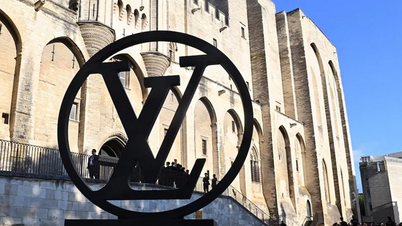



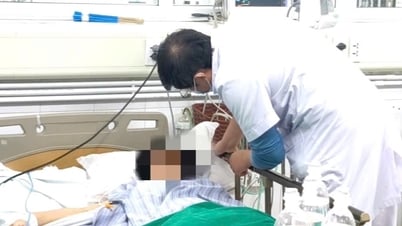

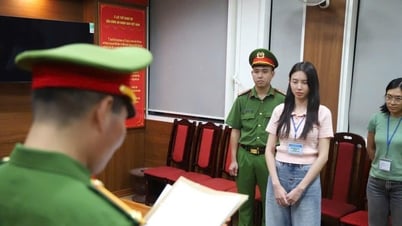
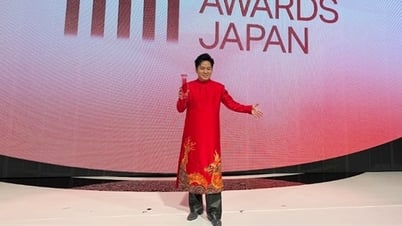





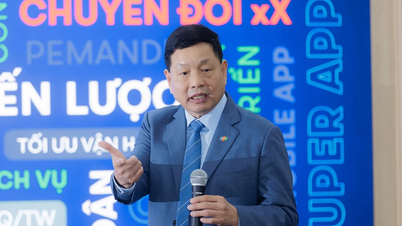
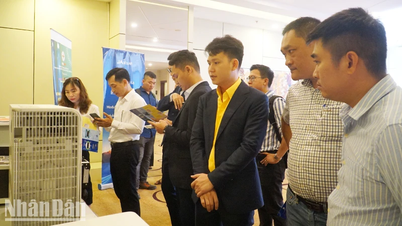

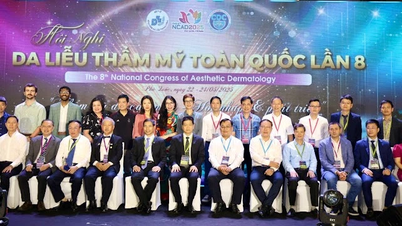
![[Video] Hanging lake collecting water from cliff - a drop of hope](https://vphoto.vietnam.vn/thumb/402x226/vietnam/resource/IMAGE/2025/5/23/741b3a92827d49d28de64fd8cfe21142)
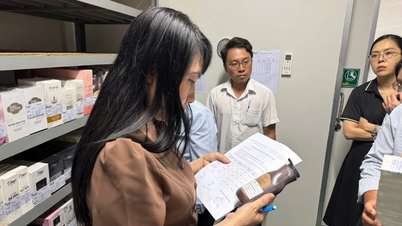




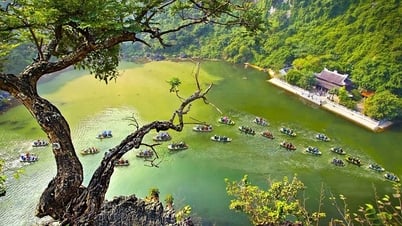

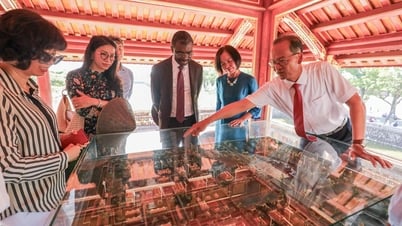







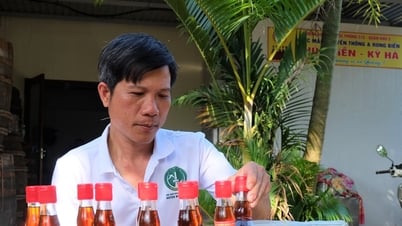

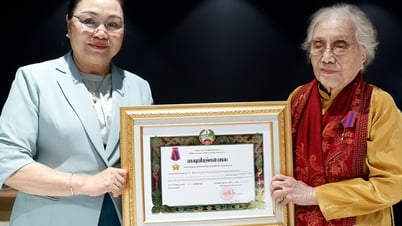

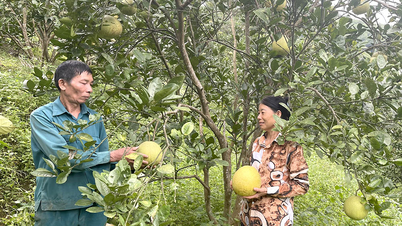

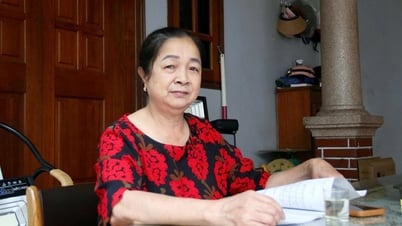







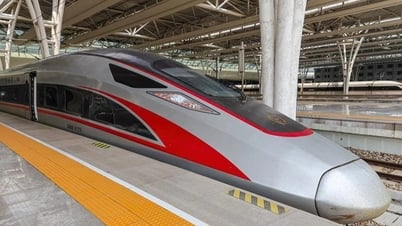

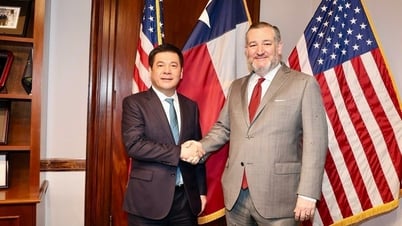


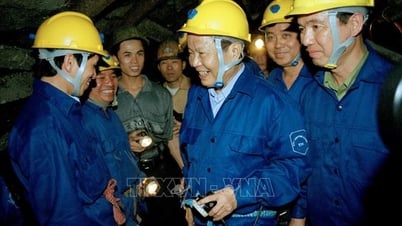
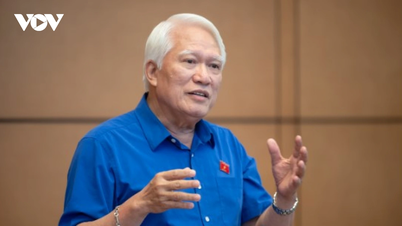
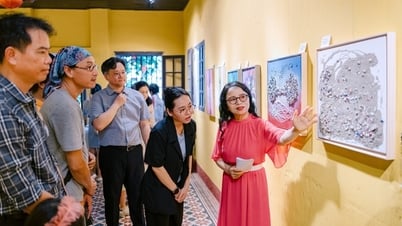


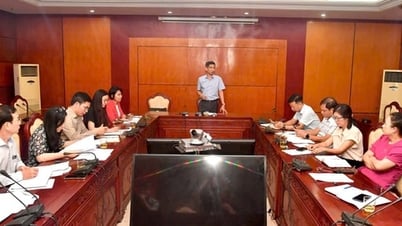
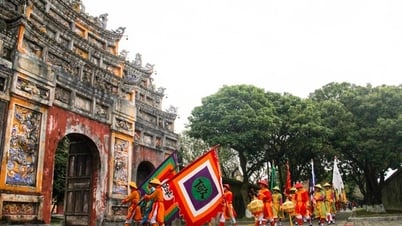
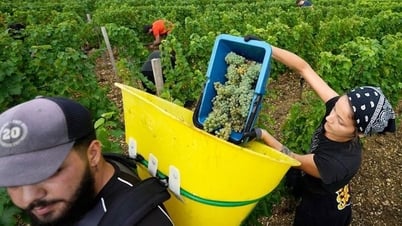

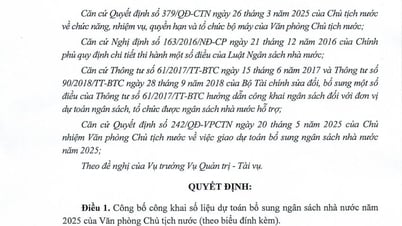

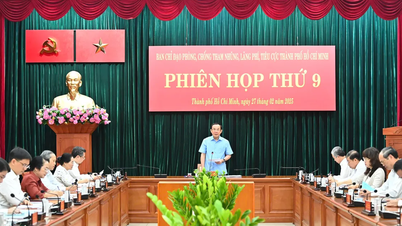

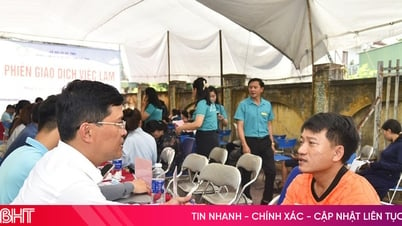

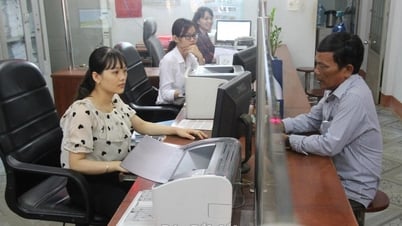

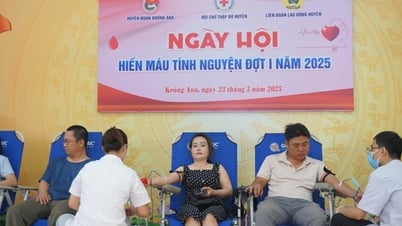
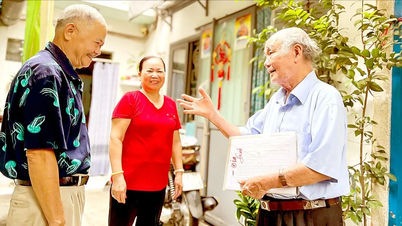
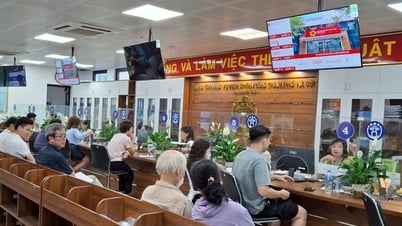









![[Podcast] Week introducing more than 500 OCOP products in Hanoi](https://vphoto.vietnam.vn/thumb/402x226/vietnam/resource/IMAGE/2025/5/22/d144aac2416744718388dbae3260e7fd)

Comment (0)